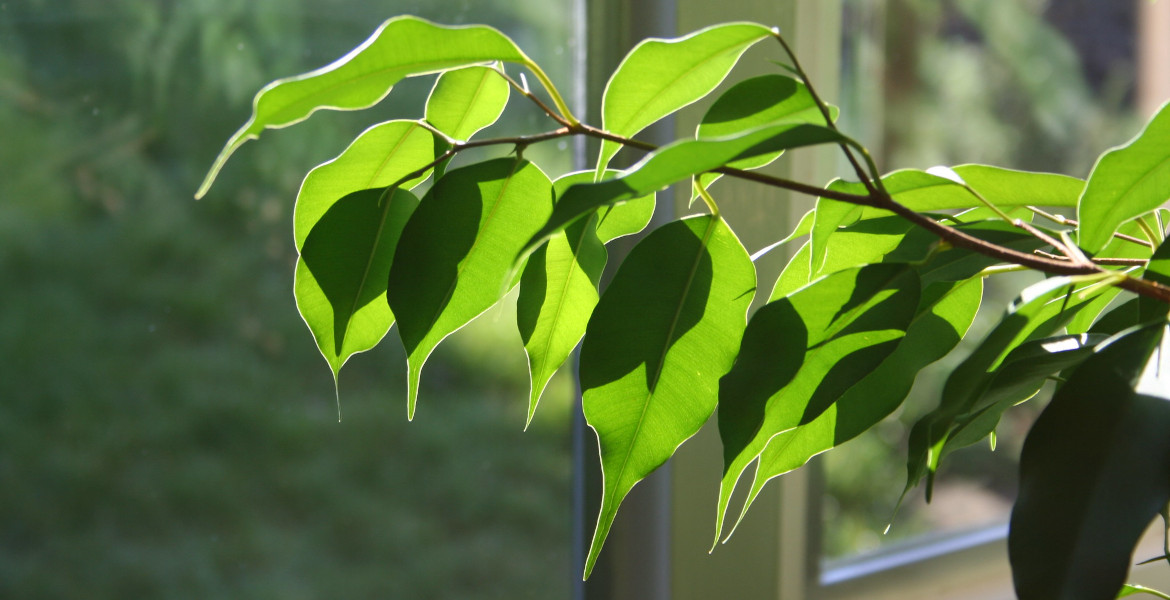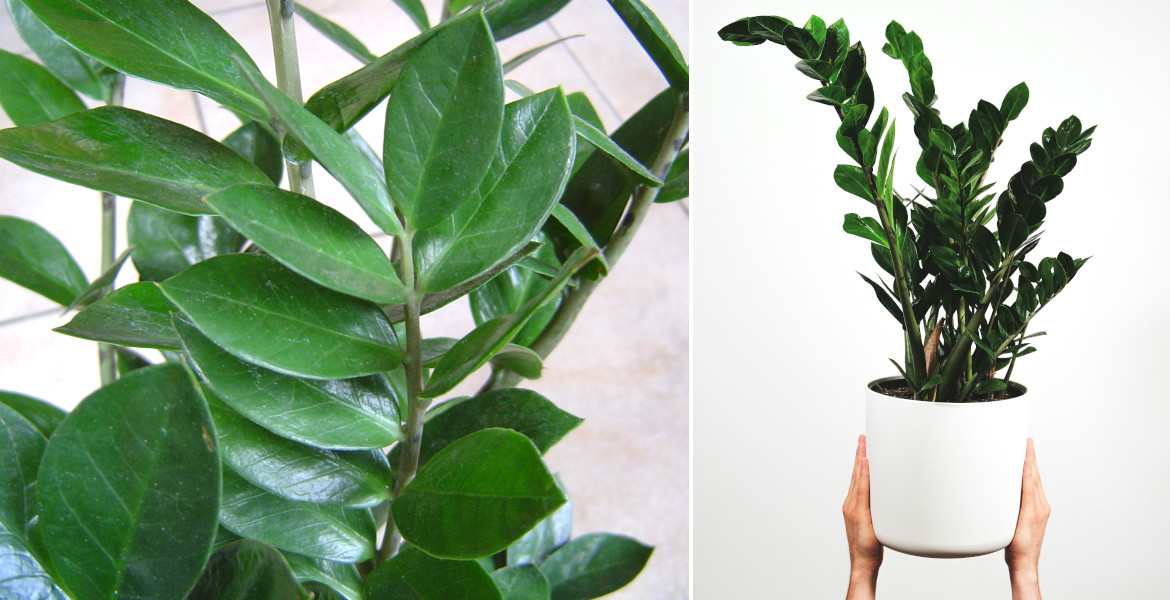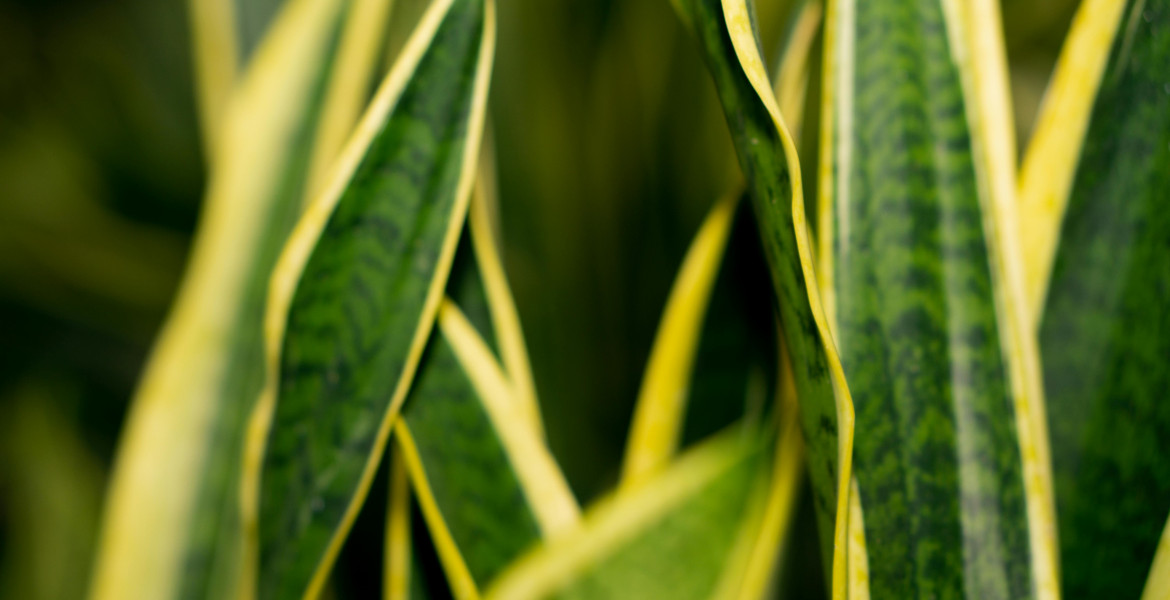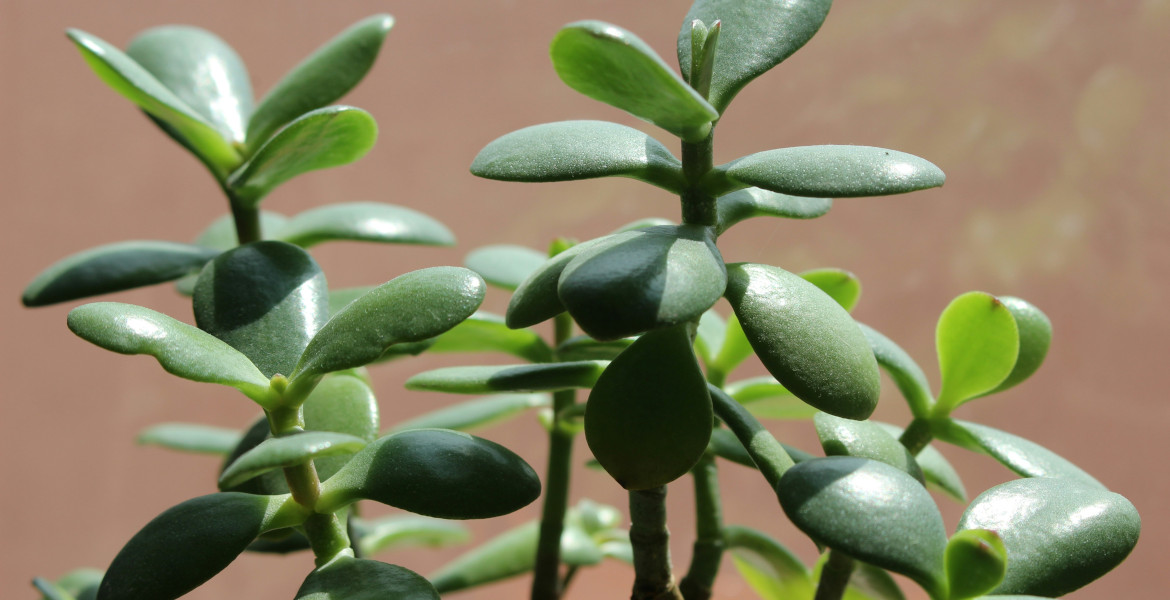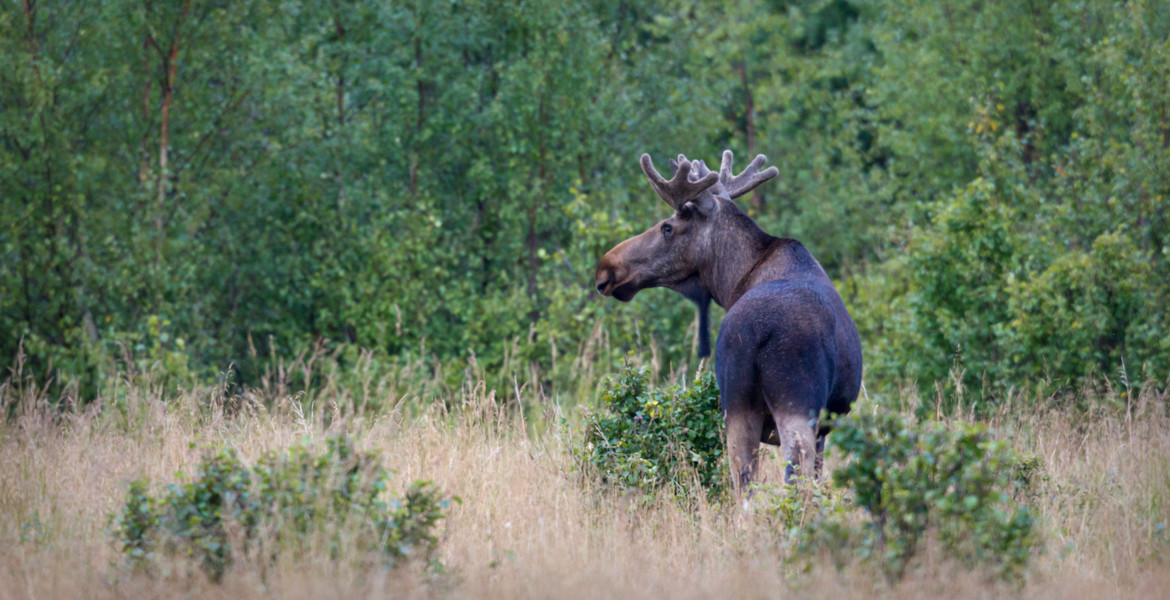In a major project involving several organizations, including Sweden's Nordens Ark, 19 Scottish wildcats were released this summer into a national park in Scotland. The species is currently endangered, and the project aims to preserve and reintroduce it to Scottish nature.
The first wildcats, managed by the organization Saving Wildcats, were released in small groups during the summer around Cairngorms National Park and are being monitored using GPS. Most of the cats have so far stayed close to the release sites, but some have ventured further.
– The cats are typically using a mixture of rough grassland, mixed woodland and riparian habitats, which provide prey such as mice and voles, as well as cover to hide from disturbance threats, including people and dogs, says Dr. Keri Langridge, who is leading the tracking of the cats, in a press release.
The project is also led by the Royal Zoological Society of Scotland (RZSS) in collaboration with NatureScot, Forestry and Land Scotland (FLS), The Cairngorms National Park Authority, Sweden's Nordens Ark, and the Spanish Department of Sustainability and Environment.
"Functionally extinct"
The current number of wildcats in Scotland is uncertain, but they are considered "functionally extinct", meaning their population is so low that they no longer play a significant ecological role in their ecosystem. The primary threat to wildcats is interbreeding with domestic cats, blurring the distinction between the species.
Although a "soft-release" method was used, which includes an acclimatization period for the animal in its intended habitat before full release, several risks await the cats as winter approaches. Cold weather and fewer prey present challenges. One of the cats has already died due to a stomach infection.
– It would be highly unusual for all the released wildcats to survive the first year, even with the project’s careful preparations, says Dr. Helen Senn, head of the Saving Wildcats project.
However, there is hope for the future. Recently, 13 kittens were born, and there are plans to release them into the wild next summer.
Facts: European wildcat (Felis silvestris silvestris)
The Scottish wildcat is not currently classified as a separate species, but is 'lumped' with the European wildcat, which is a subspecies of wildcat (Felis silvestris).
The Scottish wildcat is often called the tiger of the Highlands and is an extremely shy species. It usually lives in deciduous or mixed forests where it hunts small rodents.




